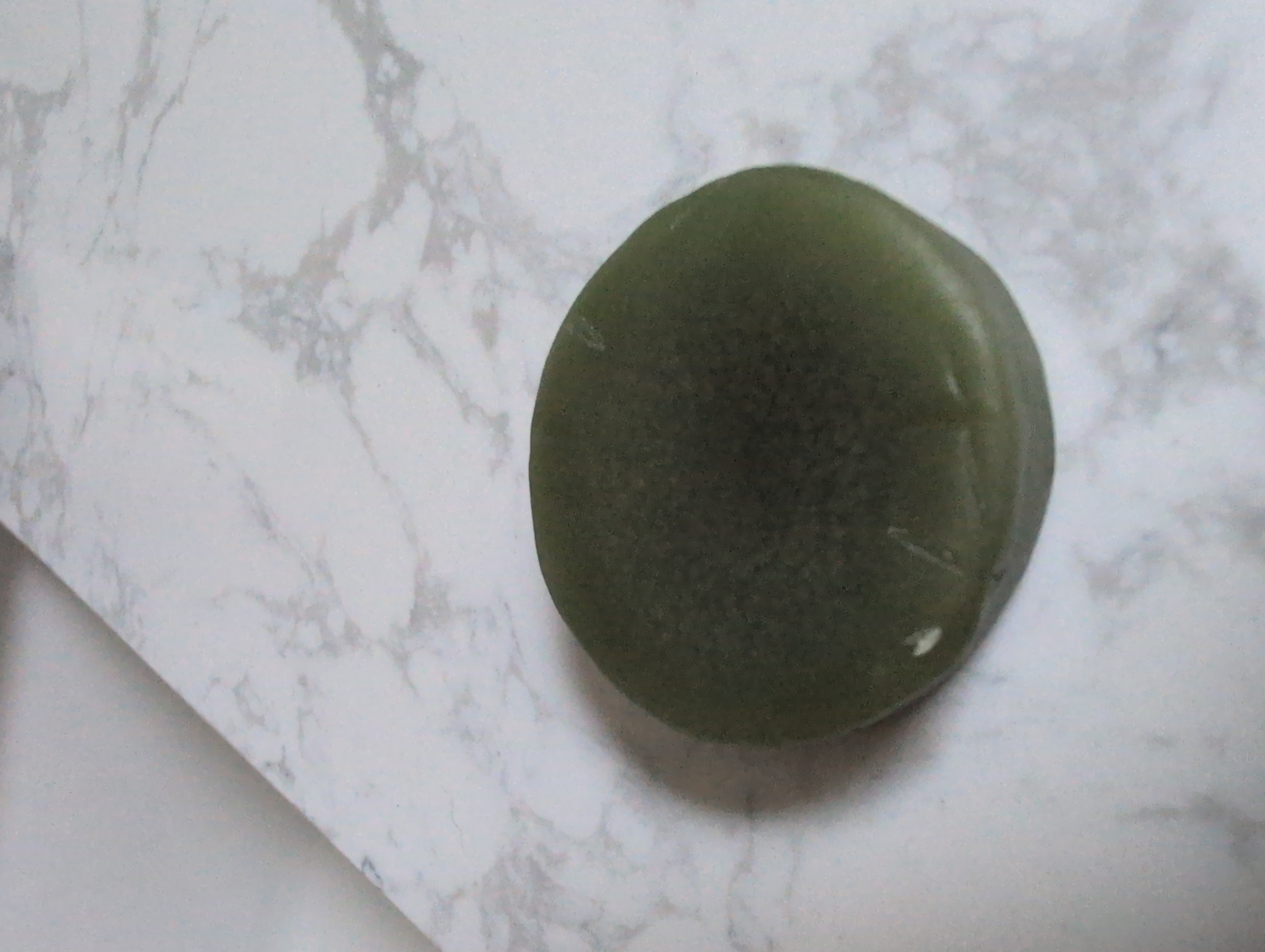Caitlin Thornburton
POINTS TOTAL
- 0 TODAY
- 0 THIS WEEK
- 122 TOTAL
participant impact
-
UP TO1.0plastic itemavoided
-
UP TO1.0low-plastic businesssupported
-
UP TO31minutesspent learning
Caitlin's actions
First Steps: Start with You
Swap one product for a refillable or plastic-free option
Even small swaps can add up to big impact. I will replace one product I use regularly — like soap, cleaning spray, or snacks — with a refillable or plastic-free version.
First Steps: Start with You
Understand Plastic’s Impact on My Health
Plastics can leach harmful chemicals into food, water, and the air we breathe. I will spend 15 minutes learning about the health impacts of plastic exposure and explore safer swaps — like choosing glass or stainless steel over plastic for food storage and drinking water.
First Steps: Start with You
Find out why plastic recycling isn’t working as we expect and where plastics end up
Many of us recycle with good intentions, but most plastic doesn’t get recycled. I will spend 15 minutes learning why plastic recycling falls short and what really happens to plastic waste.
First Steps: Start with You
Choose secondhand or a recycled product for my next purchase
Buying recycled or secondhand products helps close the loop and reduces demand for new plastic. I will look for and purchase a product made from recycled materials or choose a secondhand option the next time I shop to keep valuable resources in use longer.
First Steps: Start with You
Support businesses with plastic-free or refillable options
Where we spend our money shapes the market. I will support a business that offers plastic-free, low-waste, or refillable products or services.
First Steps: Start with You
Learn how plastic is made
Understanding the origins of plastic helps us see its environmental impact more clearly. I will spend 1 minutes learning how plastic is made — from fossil fuels to finished product — and reflect on how that knowledge influences my choices.
First Steps: Start with You
Try one low-plastic meal
From plastic-wrapped produce to takeout containers, food is one of the biggest sources of single-use plastic. I will enjoy one meal using ingredients and tools that minimize plastic packaging — opting for items in aluminum, paper, steel cans, or glass jars instead of plastic. I’ll also use a water refill station instead of single-use bottles to keep the meal as plastic-free as possible.
Lead the Way: Shape Your Community
Learn about community-level options to reduce plastic
Widespread change starts with local action and community innovation. I will spend 1 minutes learning about programs or initiatives in my area that reduce plastic use, such as third-party sanitization services, repair cafes, food gleaning, lending libraries, bulk or thrift stores, bans on single-use items, or zero-waste businesses.
Participant Feed
-
 Caitlin Thornburton 7/01/2025 1:01 PM
Caitlin Thornburton 7/01/2025 1:01 PM
